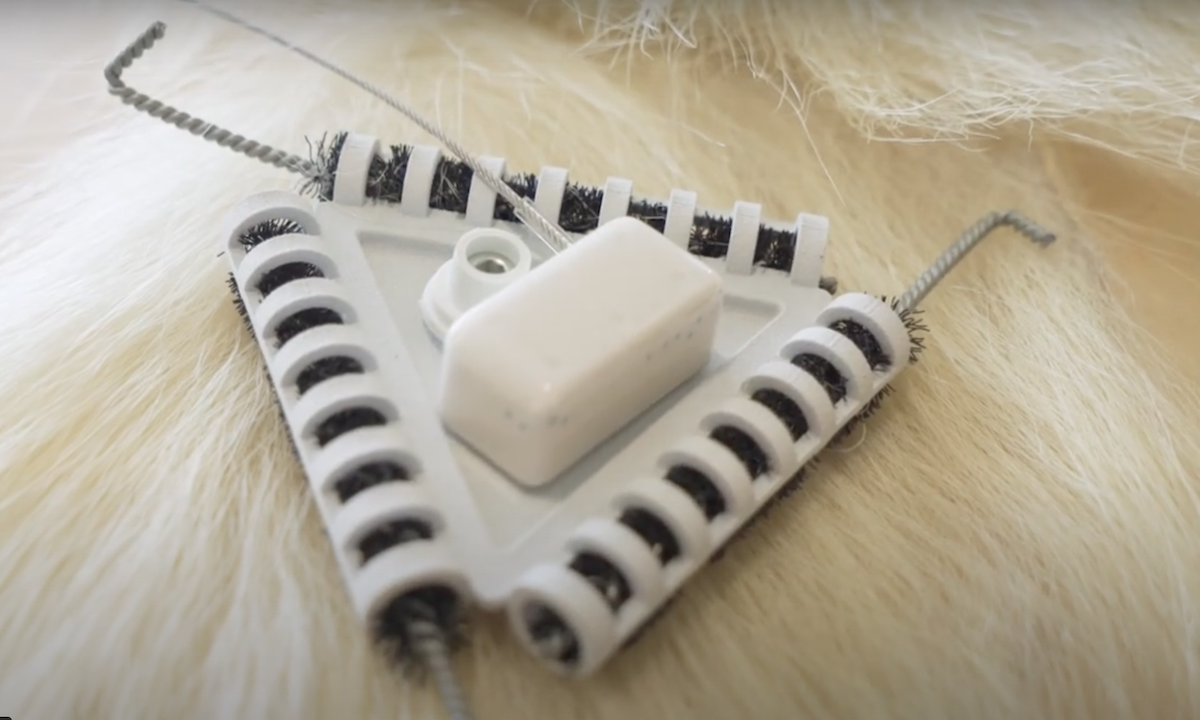

Thanks to a father-and-son team—and some really strong adhesives—scientists may soon be able to study polar bears in a whole new way.
Videos by Outdoors with Bear Grylls
For years, biologists weren’t able to effectively track adult male polar bears in the wild. That means a huge chunk of our understanding of how the bears move—and what we need to do to protect them—is missing.
While adult females are relatively easy to track, tracking collars simply wouldn’t work on males. The biggest issue is that their necks are wider than their heads, explained biologist BJ Kirschhoffer in an interview with Polar Bears International (PBI). Because of the tapered shape, the collars would slide right off.
But as polar bear habitat declines across Alaska and Canada, scientists have been scrambling to understand what they can about the bears’ habits and needs. Some speculated that the male bears’ movements could be a missing piece of the puzzle.
Now, after a multi-year research-and-development process, 3M (yep, the same company that came up with the Post-It Note), has developed brand-new technologies that will allow scientists to track male bears without applying painful ear tags or under-the-skin chips. All 3M’s devices instead rely on super-powered adhesives or clamps to stick directly to fur. That makes them non-invasive and painless to apply. They’re also durable enough to withstand sparring, which is common among aggressive male bears.
It all started when BJ Kirschhoffer, the bear biologist, told his dad, Jon Kirschhoffer, about the shortcomings of radio collars. Fortunately, Jon was a lead researcher for 3M.
Jon brought the issue to his company’s engineers and launched a brainstorming event called the “Tag-a-bear Challenge.” A handful of 3M employees put their heads together and came up with some of the initial ideas, which involved adhesives, rotating brushes, and tiny clamps.
The tech was first tested on zoo polar bears to see if it would work. Then, just a few months ago, the prototypes were deployed in the wild. Made of “upcycled whitewater rafting materials,” they should be strong enough to withstand the harsh conditions of the Arctic, PBI reports. The prototypes being used on wild bears all attach to fur via plastic brushes or metal crimps.
Now referred to as the “Burr on Fur” project, the tech promises to fill a gaping hole in scientists’ knowledge of polar bear behavior. With any luck, it will help us better understand what polar bears need to survive—and what we can do to protect them.










Pingback: New Synthetic Polar Bear Fur Could Improve Winter Coats – Outdoors.com